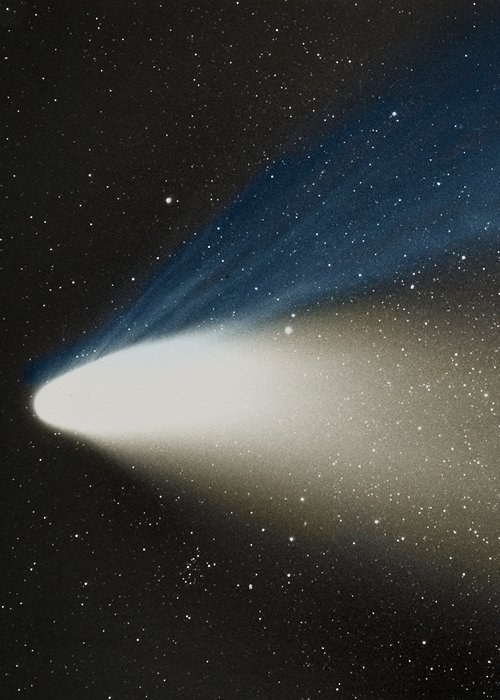Do you know what a Kreutz sungrazer is? Probably not, but in a few days, you might see one streaking across the night sky. Kreutz sungrazers are a type of non-periodic comet, meaning they pass by the Sun once, show themselves, and then disappear forever. It’s believed that these comets come from a single massive comet that broke apart hundreds of years ago. They’re named after German astronomer Heinrich Kreutz, who first realized they had a common origin. In October 2024, one of these fragments, discovered just a month earlier by an observatory in Hawaii, will pass close to the Sun, develop a gas tail, and be visible from Earth. This comet is called C/2024 S1 (ATLAS), a complicated name that describes its features.
The letter C indicates that it’s a non-periodic comet, meaning it’s a one-time visitor. Periodic comets, like the famous Halley’s Comet, orbit the Sun making very long revolutions and come back at regular intervals—Halley, for example, shows up every 76 years. Periodic comets come from the far reaches of space, from the Oort Cloud, a massive collection of comets surrounding our solar system. To give you an idea of the distances, the Oort Cloud is 2,400 times farther from the Sun than Pluto.
The name 2024 S1 means it was the first object (1) discovered in September (S) 2024.
ATLAS is the observatory that first spotted it.
When and how can you see the comet? C/2024 S1 (ATLAS) will reach its brightest point on October 28. During its perihelion, the closest point to the Sun, it might even outshine Venus, making it perfectly visible to the naked eye. The best places to watch it will be dark areas with a clear horizon—ideally in the mountains or by the sea. Fingers crossed for clear skies on the day, but we’ll only know that as we get closer to this amazing astronomical event.




